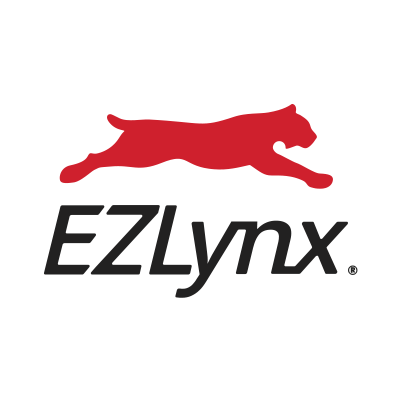The way we do business has changed. While working remotely has many benefits, it can put your company’s data at risk of being hacked or stolen if the proper precautions aren’t taken. We are at the point where long passwords don’t cut it anymore. Multi-factor authentication (MFA) requires the user to present at least two factors that prove his or her identity. The easiest way to ensure your safety is to require your agency to use MFA.
How Does Multi-Factor Authentication Work?
The simplest way to summarize MFA is it identifies two or more of the categories listed below:
- Something you know: A password or security questions
- Something you have: A possession like a cell phone, or other device
- Something you are: A unique personal feature like facial recognition or fingerprint scan
Requiring MFA may seem like a hassle, but it makes personal information harder to steal for the average hacker. All it takes is one password to create a cyberbreach attack and before you know it, multiple accounts have been breached.
How Cyber Crime is Affecting Insurance Agencies?
Cyberattacks and phishing continue to rise, making headlines daily. Only 20% of the insurance industry uses multi-factor authentication, leaving many businesses vulnerable to cyberattacks. With 250,000 passwords stolen each week, who’s to say it won’t happen to you or your agency?
Hackers are getting more skilled every year. Take the Colonial Pipeline hack from April 2021, a single stolen password led to fuel shortages across the East Coast. Colonial Pipeline CEO Joseph Blount said this attack occurred because they didn’t use multi-factor authentication. If cybersecurity criminals can take down the largest pipeline in the U.S., just imagine what they could do to your business.
Organizations are busy spending huge amounts of money on professional security equipment and top-of-the-line antivirus software, yet they continue to miss the main cause of data breaches — weak passwords. Computers are unable to know when a password has been stolen. They will grant access to anyone that has it. It doesn’t matter what kind of security firewall you or your business owns, if a hacker has your password, they can access any account. Right now, 80% of cyberbreaches occur due to stolen or hacked passwords, and the numbers are rising. So, why aren’t all companies using MFA?
Steps You Can Take to Protect Your Agency
Don’t take our word for it, listen to companies like Microsoft and Google. Alex Weinert, Microsoft’s Partner Director of Identity Security, is a strong advocate of using MFA and states that it blocks 99.9% of ATO (account takeover) attacks. Google, one of the leaders in web security, strives to educate its users that something as simple as adding a recovery phone number to your account can significantly improve its safety. Start following Microsoft and Google’s advice and take extra steps to protect your digital assets.
Consult with your IT team to successfully transition MFA to all your employees. Multi-factor authentication should be a part of everyone’s daily life, in or outside of the office. It is easily installed, inexpensive, and guaranteed to have your back in the event of an attempted cyberattack.
At EZLynx, we are a strong supporter of multi-factor authentication. We use it to protect not only our company and employees, but our customers as well. If your agency uses our EZLynx Rating Tool or Management System, you already have access to MFA! If you need help setting it up, here are instructions to activate MFA.
Safety is important for business. Help yours by using MFA to take that extra step in eliminating risk of unauthorized access.
